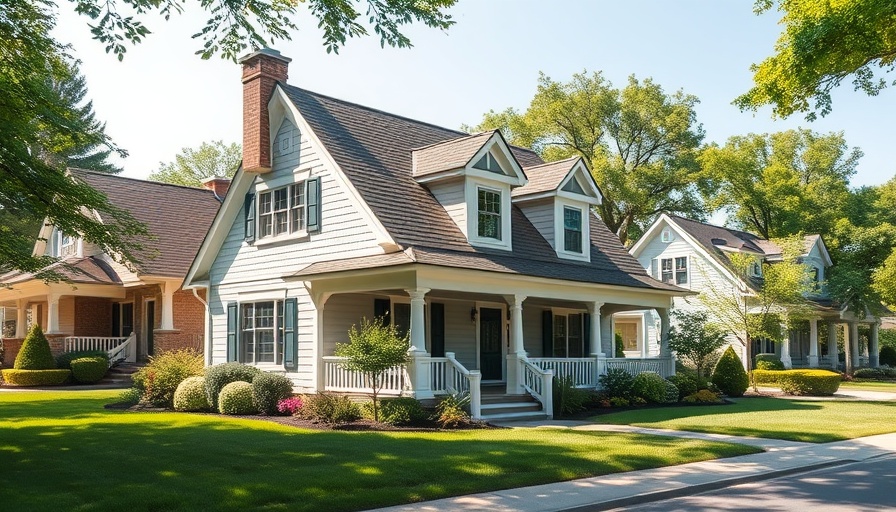
Revamping Your Home's Exterior: Common Mistakes to Avoid
Residents of Metro Vancouver face unique challenges when it comes to outdoor spaces, especially with the limited real estate in urban settings. Transforming a small backyard can be daunting. Designers emphasize that avoiding common exterior mistakes is crucial for optimizing both aesthetics and functionality.
The Importance of Space Planning
One of the most significant errors homeowners make is neglecting space planning. In smaller yards, it’s essential to visualize how each element interacts. This means not just arranging furniture but integrating landscaping, lighting, and pathways in a way that feels cohesive and functional. Professionals recommend utilizing vertical space with tall plants or wall planters, maximizing the available area without overwhelming it.
Choosing the Right Colors
Another vital area of focus is color selection. Too many homeowners default to safe neutrals when there’s so much opportunity for personality. A well-considered color scheme can transform an outdoor space and reflect the owner's taste. Designers suggest pairing bold tones with natural shades, ensuring that vibrant colors enhance rather than clash with the surrounding greenery.
The Dangers of Overcrowding
In the excitement of designing a yard, it’s easy to overcrowd the space with too many plants or decorations. This results in a cluttered appearance and detracts from the intended design vision. Opting for fewer, larger statement pieces often works better in small spaces. Surfacing low-maintenance plants can add beauty without compromising essential space needed for relaxation and movement.
Neglecting the Pathways
Pathways play a crucial role in guiding guests through your backyard. Often overlooked, these elements should be functional and visually appealing. Using materials like gravel or stone can enhance the tactile experience of entering a garden space. Additionally, ensuring walkways are clearly defined not only helps with navigation but also contributes to the overall design aesthetic.
Ignoring Seasonal Changes
It's vital to consider how your backyard will look across seasons. Many designs focus solely on summer aesthetics, neglecting fall and winter. Incorporating evergreens or other plants that maintain their appeal in colder months ensures your garden remains visually striking year-round. Designers emphasize creating layered depth in your plant selections to keep interest alive no matter the season.
Thinking Ahead: Future Transformations
Your initial design doesn’t have to be your final word. As life changes, so may your yard needs. Incorporating flexible elements like modular furniture can allow for adaptations over time, making it easier to upgrade with new trends or adaptations. Future-proofing your design paves the way for continuous enjoyment without drastic refurbishment.
Actionable Steps for Homeowners
Consider consulting with a landscape designer who understands the intricacies of transforming small spaces effectively. Evaluating their expertise can help you avoid common pitfalls while ensuring your garden feels alive and vibrant amid city constraints.
If you’re ready to create the outdoor sanctuary that suits your lifestyle, now’s the perfect time to get started!
 Add Row
Add Row  Add
Add 




Write A Comment